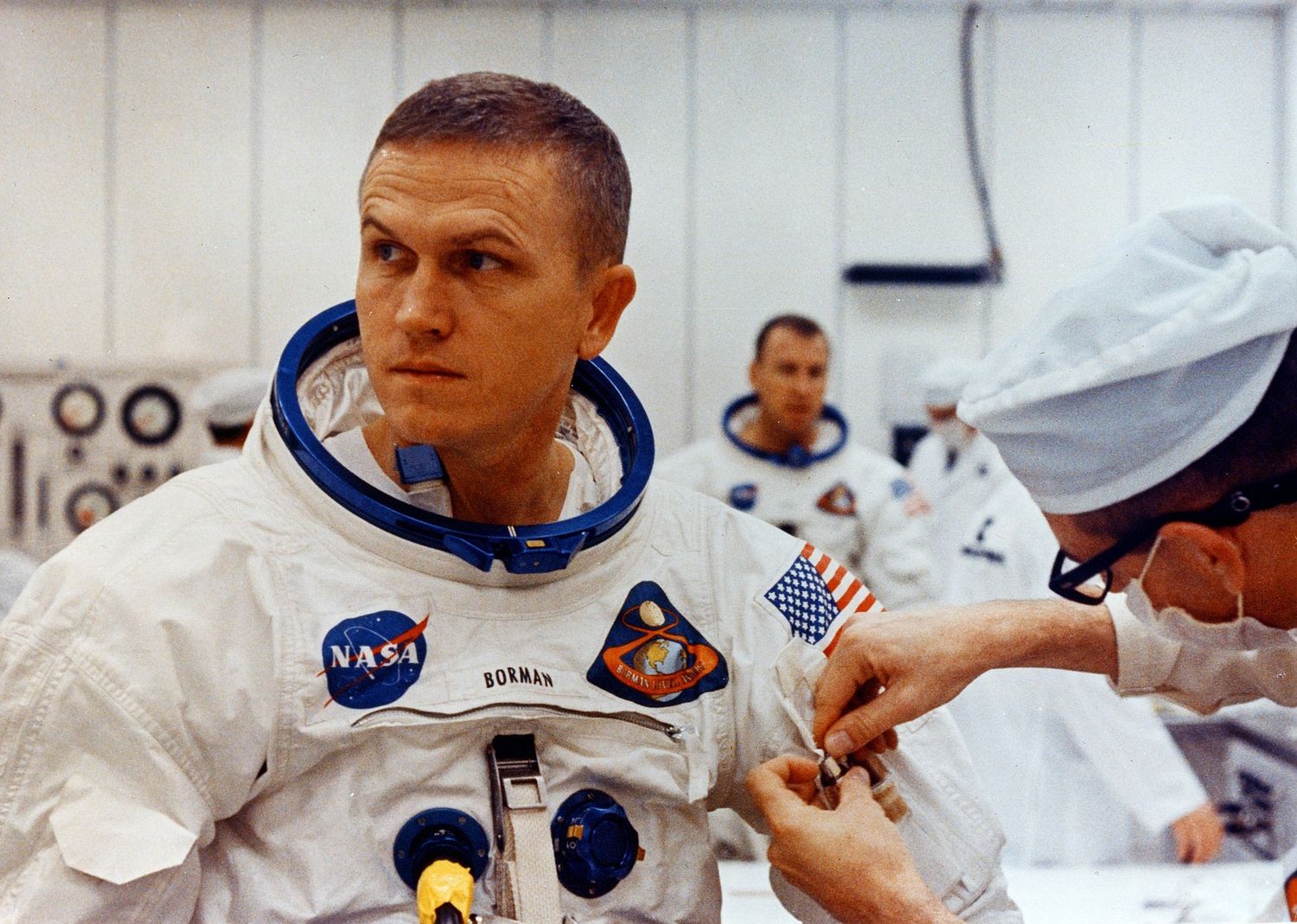A tribute to Frank Borman: Astronaut, Eastern CEO, Father of the Boeing 757
On November 7 astronaut Frank Borman, crew member of Apollo 8 and president of Eastern Airlines, passed away. Borman is not only recognized for commanding the first mission to orbit the moon, but also for being one of the creators of the legendary Boeing 757.
Frank Borman, born on March 14, 1928, is an American astronaut and former commander of the Apollo 8 mission, the first to orbit the Moon in 1968. A former pilot in the U.S. Air Force, Borman made significant contributions to NASA’s space program.

His leadership during the historic Apollo 8 mission, which culminated in the iconic «Earthrise» image from the Moon, solidified him as a key figure in space exploration. After his NASA career, Borman became CEO of Eastern Air Lines and continued to inspire future generations of astronauts.
Birth of the Boeing 757
Boeing and Eastern had been discussing a new aircraft for much of 1977 and 1978, in which both Borman and Boullioun would risk the future of their companies. One August morning, Boeing executives and Borman held a meeting to advance the development of the new aircraft.
The American manufacturer was working on the design of a single-aisle twin-engine aircraft that could carry up to 160 passengers. Borman requested Boeing executives to see the data for a hypothetical aircraft with 15 more seats. Boeing’s representatives presented the data, maintaining their decision not to enlarge the aircraft.
After seeing the results of the report, Borman still had doubts. Boullioun had to leave promptly back to Seattle, to which Borman offered to accompany him to the airport terminal.
During the journey between Eastern’s headquarters and the airport, Borman finally made the decision that the airline needed an aircraft that could carry 175 passengers. He said to Boullioun, «If you build it, we’ll go,» and immediately Boullioun responded «You’ve got it.» This is how the Boeing 757 was born, as a Seattle Times from 1983 details.

Since the early days of commercial aviation, aircraft were manufactured according to the explicit needs of an airline or a group of them. The 757 was an immediate response to the needs of Eastern Airlines, which became the launch customer for the iconic aircraft, along with British Airways.

Today, the 757 is the flagship aircraft of major air cargo companies. FedEx, UPS and DHL, among others, still operate many of these planes around the world. Additionally, it continues to operate for two of the largest U.S. airlines, United Airlines and Delta Air Lines, primarily on transcontinental and international routes with low demand.
Undoubtedly, the aircraft born in a conversation on the way to the airport became one of the most successful in the history of commercial aviation.


Comentarios
Para comentar, debés estar registrado
Por favor, iniciá sesión